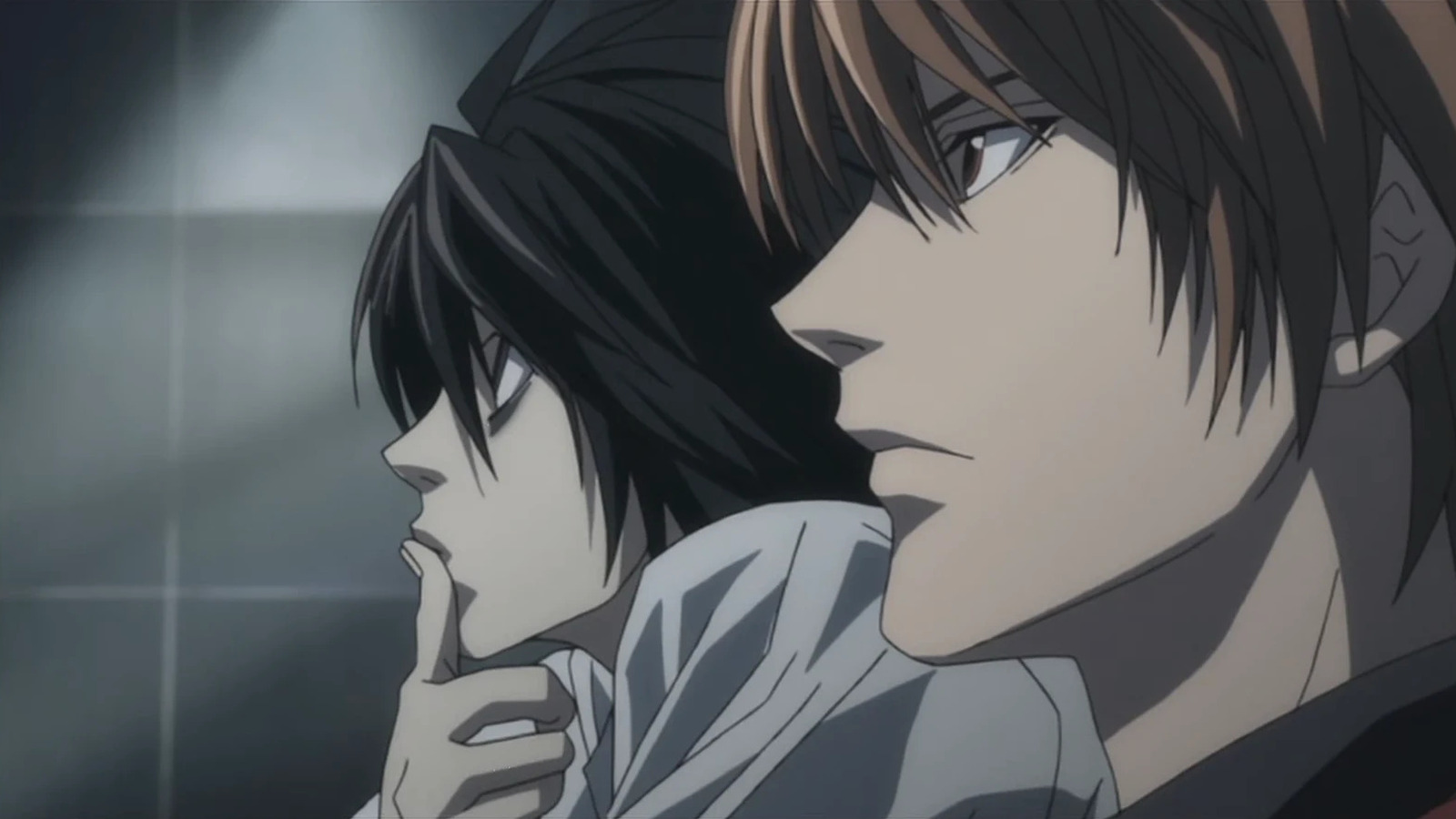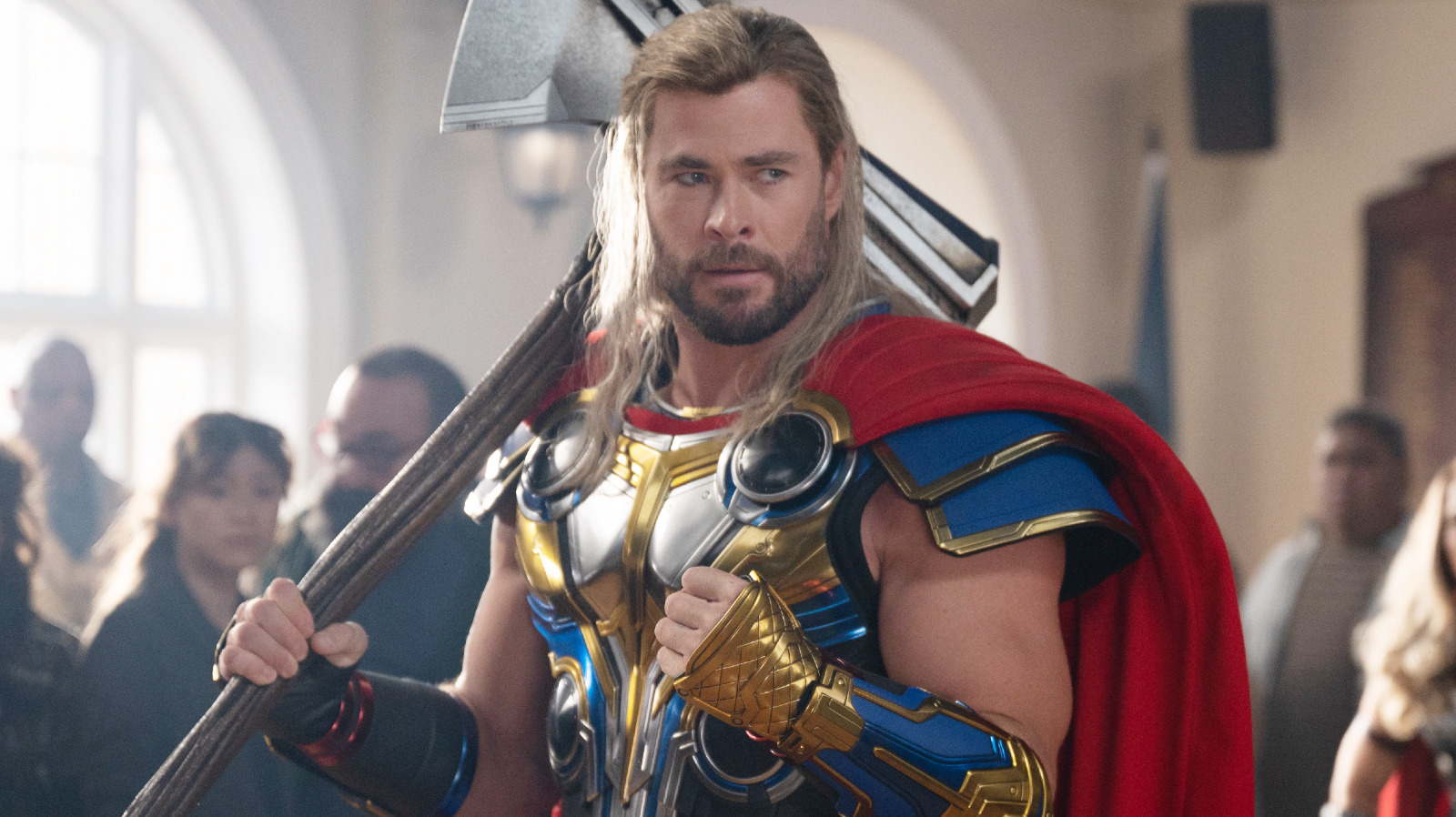How the Cinematography of 'Evil' Channels 'Night of the Hunter' and 'Ida'
Robert and Michelle King's supernatural procedural series "Evil" has long been one of the most terrifying shows on TV and streaming (it premiered on CBS before migrating to its current home on Paramount+) , as well as one of the most deeply philosophical shows.
The two aspects are inextricably linked, as the questions the series asks about faith, reason, and whether evil comes from without or within are explored through stories featuring monsters at the both paranormal and human. Finding a visual corollary for the show's ongoing tension between the pragmatic and the spiritual while maintaining its eerie and spooky atmosphere is the work of cinematographers Fred Murphy and Petr Hlinomaz, whose bold approach to lenses and composition has transformed "Evil" into not only one of the most thoughtful and chilling series on air, but one of the most visually striking.
One thing that immediately sets "Evil" apart from most other shows is the vertical nature of its compositions, in which Murphy and Hlinomaz exploit the top and bottom of the image in a way reminiscent of "Night of the Hunter" and "Ida", two of the main influences of the series.
Related Related"There's quite a bit of room at the top of the frame that matches the spiritual theme," Murphy told IndieWire. "There's this idea that we're always looking up, that there's something above us. The idea is that we're 'giving room for the angels', as the director of "Ida".
In the visual language of 'Evil', however, the space above the characters isn't just for angels; what's unknown and lurking in the shadows often feels like a threat rather than a comfort, with the abstraction of the frames creating a sense of mystery that plays on the characters' doubts and fears. /p>

"Evil"
Elizabeth Fisher/Paramount+
Often in "Evil", the characters wrestle with what actually happens and what is imagined, and the audience is invited to share their tenuous grip on reality through an impeccably modulated visual style that straddles a delicate boundary between realism and supernatural.
In the most ordinary everyday sequences, something always seems a little off, while even the most outrageous scenes involving demons have some grounding in reality.
In terms of cinematography, the unique sensations the show creates for the viewer are largely the result of Murphy and Hlinomaz's lens philosophy.
"We tend to shoot with extremely wide lenses," Murphy said. "When we start a scene, Petr and I immediately apply a 12 or 15mm lens. We don't even ask. When it's not a wide-angle lens, it's a relatively long lens. We either shoot around a 15mm, between 100mm and 135mm, not much in between.”
While filmmakers sometimes punctuate their scenes with long-lens close-ups for startling effect, the majority of scenes are shot wide, creating unsettling distortion effects while conveying a dynamic sense of space within. which the viewer feels just how many areas are there in which evi...

Robert and Michelle King's supernatural procedural series "Evil" has long been one of the most terrifying shows on TV and streaming (it premiered on CBS before migrating to its current home on Paramount+) , as well as one of the most deeply philosophical shows.
The two aspects are inextricably linked, as the questions the series asks about faith, reason, and whether evil comes from without or within are explored through stories featuring monsters at the both paranormal and human. Finding a visual corollary for the show's ongoing tension between the pragmatic and the spiritual while maintaining its eerie and spooky atmosphere is the work of cinematographers Fred Murphy and Petr Hlinomaz, whose bold approach to lenses and composition has transformed "Evil" into not only one of the most thoughtful and chilling series on air, but one of the most visually striking.
One thing that immediately sets "Evil" apart from most other shows is the vertical nature of its compositions, in which Murphy and Hlinomaz exploit the top and bottom of the image in a way reminiscent of "Night of the Hunter" and "Ida", two of the main influences of the series.
Related Related"There's quite a bit of room at the top of the frame that matches the spiritual theme," Murphy told IndieWire. "There's this idea that we're always looking up, that there's something above us. The idea is that we're 'giving room for the angels', as the director of "Ida".
In the visual language of 'Evil', however, the space above the characters isn't just for angels; what's unknown and lurking in the shadows often feels like a threat rather than a comfort, with the abstraction of the frames creating a sense of mystery that plays on the characters' doubts and fears. /p>

"Evil"
Elizabeth Fisher/Paramount+
Often in "Evil", the characters wrestle with what actually happens and what is imagined, and the audience is invited to share their tenuous grip on reality through an impeccably modulated visual style that straddles a delicate boundary between realism and supernatural.
In the most ordinary everyday sequences, something always seems a little off, while even the most outrageous scenes involving demons have some grounding in reality.
In terms of cinematography, the unique sensations the show creates for the viewer are largely the result of Murphy and Hlinomaz's lens philosophy.
"We tend to shoot with extremely wide lenses," Murphy said. "When we start a scene, Petr and I immediately apply a 12 or 15mm lens. We don't even ask. When it's not a wide-angle lens, it's a relatively long lens. We either shoot around a 15mm, between 100mm and 135mm, not much in between.”
While filmmakers sometimes punctuate their scenes with long-lens close-ups for startling effect, the majority of scenes are shot wide, creating unsettling distortion effects while conveying a dynamic sense of space within. which the viewer feels just how many areas are there in which evi...
What's Your Reaction?















![Three of ID's top PR executives quit ad firm Powerhouse [EXCLUSIVE]](https://variety.com/wp-content/uploads/2023/02/ID-PR-Logo.jpg?#)







